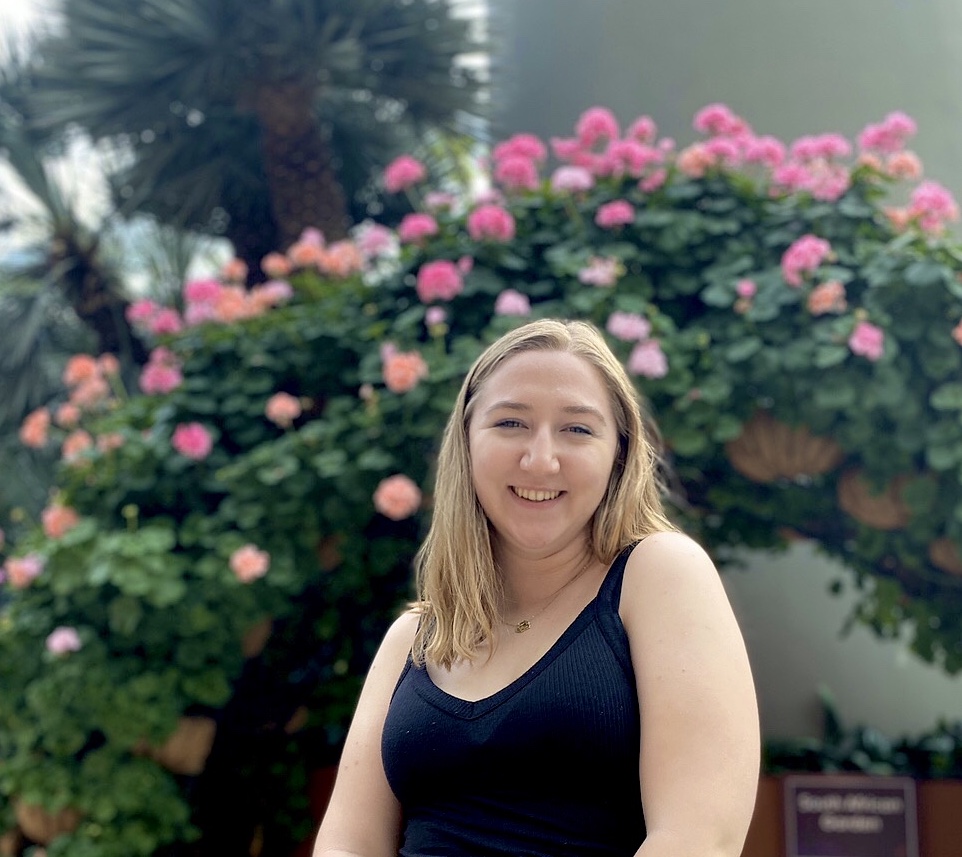
Dispatch from Grace Tobin ’21, geography
Hello! My name is Grace Tobin and I’m a junior geography major from Olympia, Washington. I play bassoon in the Gustavus Symphony Orchestra.
We recently visited the city of Malacca and during our time there we got to see a lot of the colonial influences from the Portuguese, Dutch, and British. As a geography major, I study the effects of people’s actions in social and physical settings like culture, land usage, and architecture. While in Malacca we got to see the many colonial influences that the city is known for, but I was more interested in learning how the lives of Malaysians have evolved in the past 70 years of independence.
I wanted to immerse myself in traditional Malay culture and not feel like I was in a version of Europe that exists on the equator. I enjoyed Malacca because it was a realistic paradise. It was not perfect and that’s what I liked about it.
With the appreciation for culture and architecture that I’ve picked up in my geography classes, it was interesting to see the focus on the colonial buildings in Malacca in tourism versus their importance to the local people in their everyday lives. We were up on a hill with an old Dutch church and bell tower overlooking the diverse city with a few skyscrapers, some colonial buildings, and mostly orange ceramic roofs. The scene was beautiful but I didn’t understand how or why the colonial buildings are so important in the city other than being a tourist attraction.
Hardly anything in the present-day culture there incorporates these buildings yet they are the focus of most tours for tourists. When we walked a short distance to the night market, all influence of the past colonizers disappeared and we entered a world that was seemingly purely Malaysian. While some of the buildings were run down and some even abandoned with old business signs still hanging, it felt much more authentic than the guided tour we took earlier in the day. When the night market opens, you can buy food that is cooked right where cars were driving only hours earlier. All of these things that weren’t highlighted on our official tour, the things that we saw at the market and while walking the streets of Malacca, are part of what makes the view from that hill priceless to me because it shows what everyday people here experience in their lives.
Getting to seek out the everyday experience of the Malaccans was fun for me because it was a real-life opportunity to practice what I’ve been studying in my classes. I like looking below the surface and seeing the realities of people’s everyday lives, and Malacca was a perfect place to do just that.
Nice post. It sounds like the study of geography is bit like what I kearned in do sociology…back in the day!
oops…learned in sociology
Colonial invaders have stolen culture and true identity from so many across the globe. Even from our own first peoples. It is good to look past what they forced on the people and their influence.